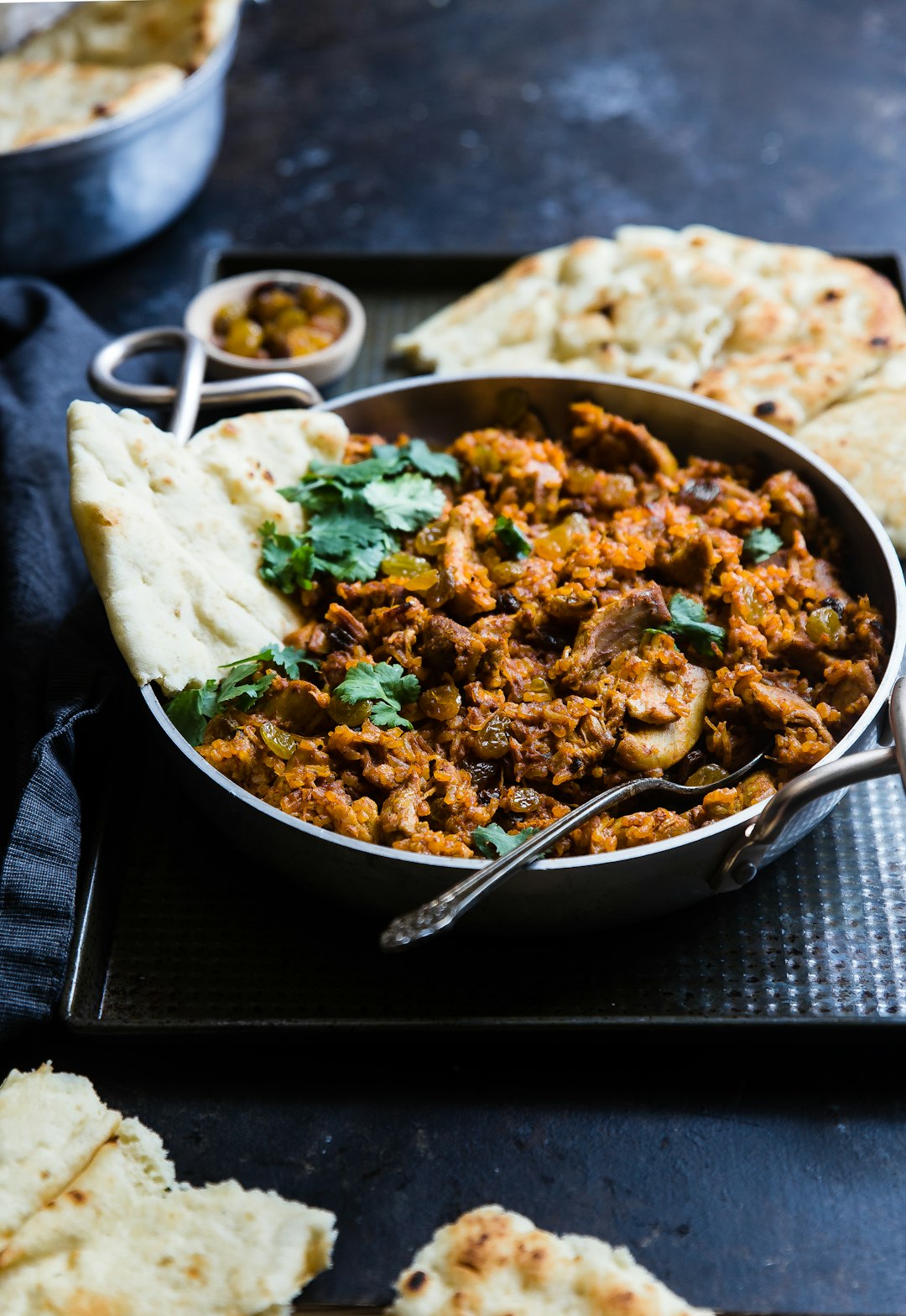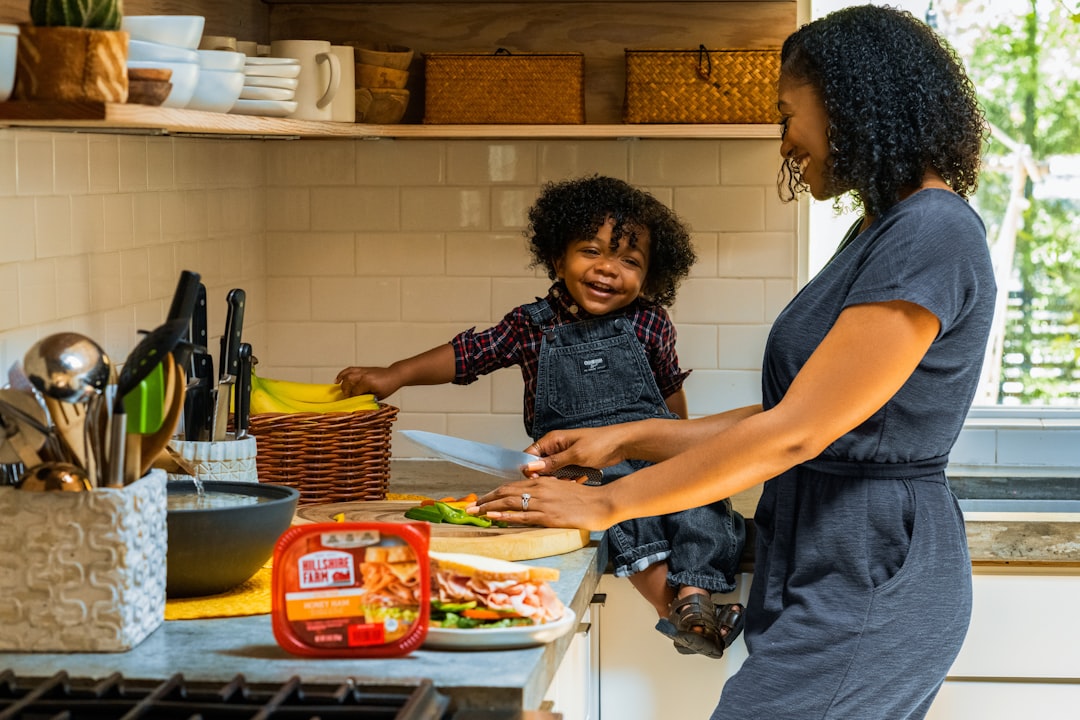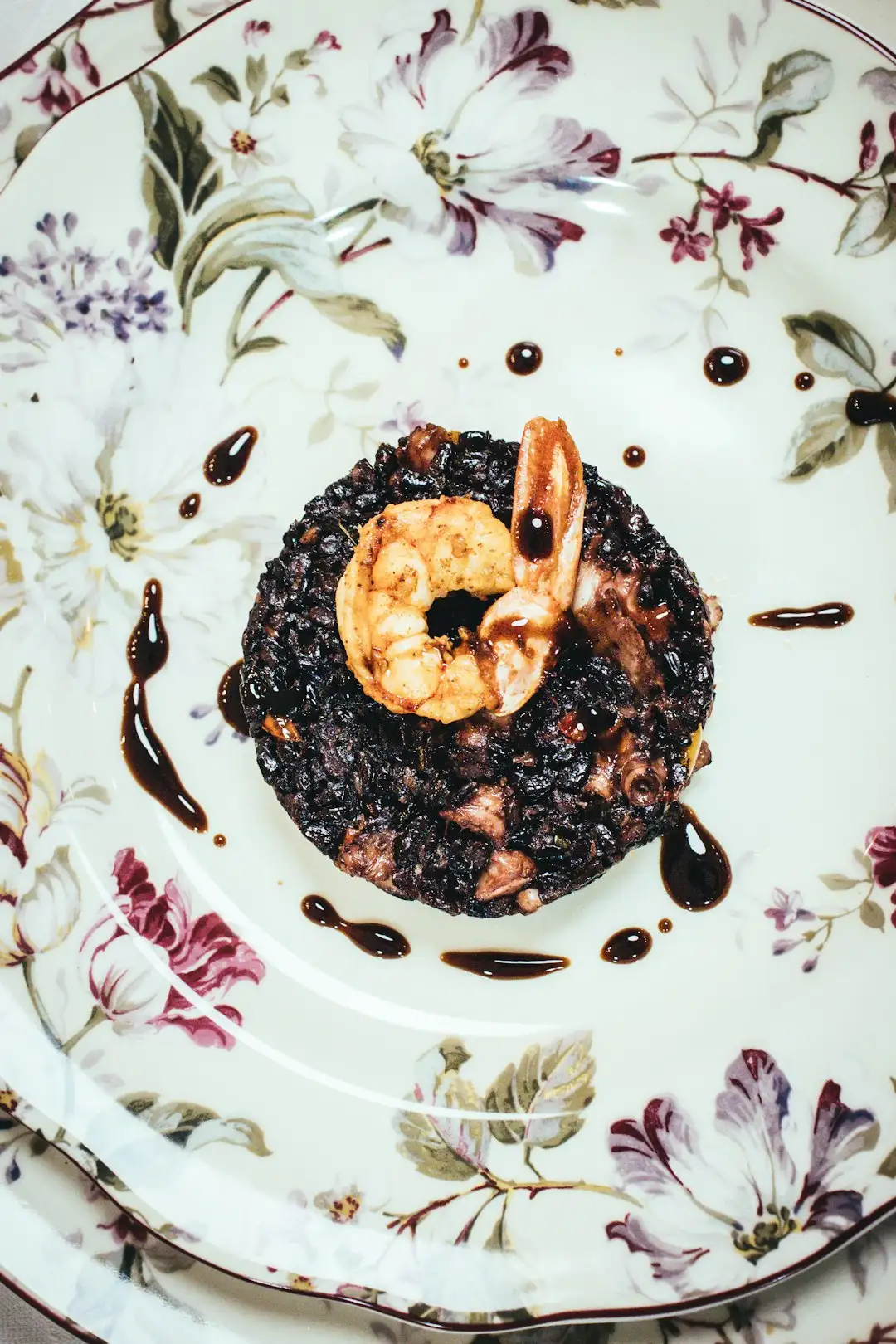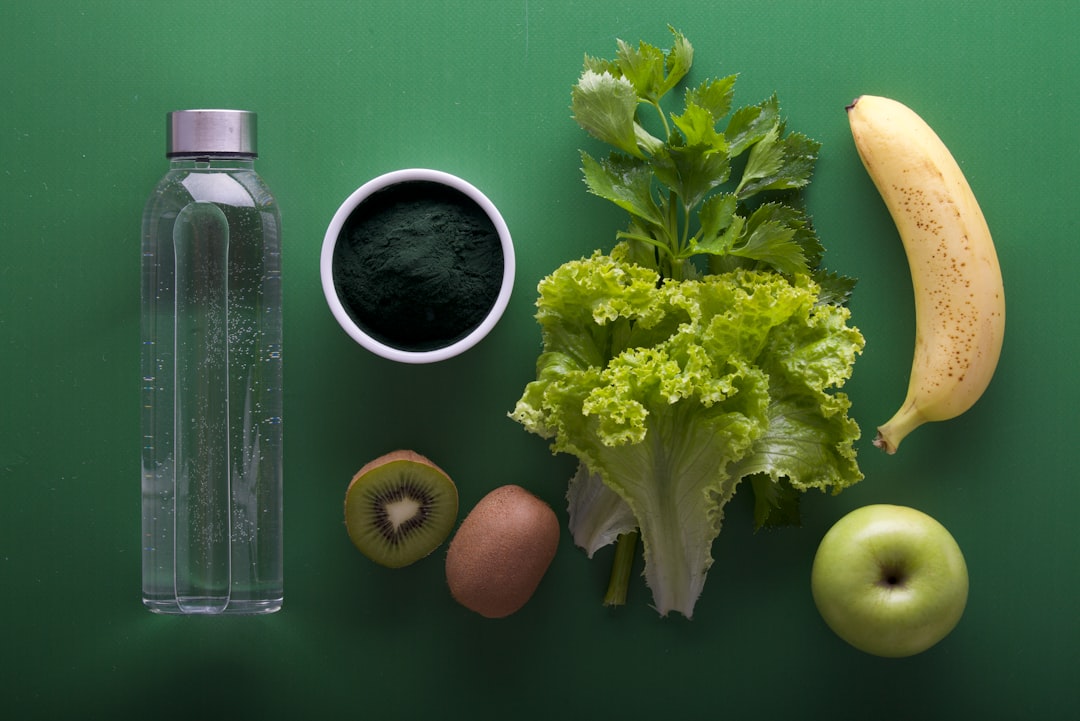
Boiling an egg may seem like the simplest task in the kitchen, but achieving that ideal texture is a culinary challenge that many have underestimated. In the world of cooking, the humble boiled egg is a staple, whether it's for a quick breakfast, a protein - rich snack, or an ingredient in a more elaborate dish. Our Test Kitchen experts have spent countless hours perfecting the art of boiling eggs, and they're ready to share their tips with you.
First, let's talk about the type of eggs. Freshness matters when it comes to boiling eggs. Fresh eggs have a lower pH level, which causes the egg white to stick tightly to the shell membrane. This can make peeling a nightmare. For easier peeling, it's best to use eggs that are a few days old. You can tell if an egg is fresh by placing it in a bowl of water. Fresh eggs will sink to the bottom and lie flat, while older eggs will stand on one end or even float. However, even if you have fresh eggs, there are still ways to get a good peel.
Now, onto the boiling process. Start by placing your eggs in a single layer in a saucepan. Add cold water to the pan, making sure the water covers the eggs by about an inch. This is important because it allows for even cooking. If the water is too shallow, the eggs may not cook evenly, resulting in a partially cooked yolk or an over - cooked white.
Once the eggs are in the pan with enough water, bring the water to a boil over high heat. As soon as the water reaches a rolling boil, turn off the heat and cover the pan. The residual heat will continue to cook the eggs. The cooking time depends on how you like your eggs. For a soft - boiled egg with a runny yolk, let the eggs sit in the hot water for about 4 - 6 minutes. If you prefer a medium - boiled egg with a slightly set yolk, 7 - 9 minutes is ideal. And for a hard - boiled egg with a fully set yolk, leave the eggs in the hot water for 10 - 12 minutes.
After the cooking time is up, it's crucial to shock the eggs in ice water. This stops the cooking process immediately and also helps with peeling. Fill a large bowl with ice and water and carefully transfer the eggs from the hot pan to the ice bath. Let them sit in the ice water for at least 5 minutes. The rapid temperature change causes the egg white to contract slightly, pulling away from the shell and making it easier to peel.
When it comes to peeling, there are a few tricks. Start by gently tapping the egg on a hard surface to crack the shell all over. Roll the egg between your hands to loosen the shell further. Then, start peeling from the wide end of the egg. This is where the air pocket is located, and it's usually easier to start the peeling process here. If you're still having trouble peeling, you can try adding a little bit of vinegar or salt to the water when boiling the eggs. These additives can help break down the shell membrane and make peeling smoother.
Another tip is to use a slotted spoon to remove the eggs from the ice water. This helps drain the excess water and makes it easier to handle the eggs. You can also dry the eggs with a paper towel before peeling to prevent them from slipping out of your hands.
Once you've successfully boiled and peeled your eggs, the possibilities are endless. You can enjoy them on their own with a sprinkle of salt and pepper, make a classic egg salad sandwich, or use them as a topping for a salad. With these expert tips from our Test Kitchen, you'll be able to boil the perfect egg every time, no matter how you like it.
In conclusion, boiling an egg is not just about throwing it in boiling water. It's a combination of choosing the right eggs, following the correct cooking process, and using smart peeling techniques. So, the next time you're in the kitchen and craving a boiled egg, remember these tips and impress yourself with a perfectly cooked and easily peeled egg.

The Rosy Sparkle: A Perfect Beverage for Special Occasions
The Rosy Sparkle: A Perfect Beverage for Special Occasions
The Secret of Cold Foam: Elevate Your Drinks at Home
The Secret of Cold Foam: Elevate Your Drinks at Home
A Tangy Delight: The Pickle Pizza Revolution
A Tangy Delight: The Pickle Pizza Revolution
Unleashing the Magic of Copycat Coleslaw: A Chilled Delight for Your Dinner
Unleashing the Magic of Copycat Coleslaw: A Chilled Delight for Your Dinner
Cool Off with Simple Grill Delights
Cool Off with Simple Grill Delights
The Art of Grilled Vegetables in Spring BBQ
The Art of Grilled Vegetables in Spring BBQ
A Thai-Inspired Grilled Pork Wrap Sandwich for a Delightful Lunch
A Thai-Inspired Grilled Pork Wrap Sandwich for a Delightful Lunch
Unleashing the Magic of Pesto: Beyond the Classic Pasta
Unleashing the Magic of Pesto: Beyond the Classic Pasta
The Sweet Secret of Christmas Crack Candy
The Sweet Secret of Christmas Crack Candy
A Refreshing Summer Delight: Raspberry Sorbet and Its Tropical Twist
A Refreshing Summer Delight: Raspberry Sorbet and Its Tropical Twist
The Irresistible Pumpkin Muffins for Your Morning Delight
The Irresistible Pumpkin Muffins for Your Morning Delight
The Art of Homemade Breakfast Pastries
The Art of Homemade Breakfast Pastries
Cozy Autumn Evenings with Slow - Cooker Delights
Cozy Autumn Evenings with Slow - Cooker Delights
Unleash Your Inner French Chef: Homemade Dessert Delights
Unleash Your Inner French Chef: Homemade Dessert Delights
Unveiling the Magic of Indian Masala Chili in Global Cuisine
Unveiling the Magic of Indian Masala Chili in Global Cuisine
Unveiling the Hidden Gems of Italian Cuisine: Low - Calorie, High - Protein Delights
Unveiling the Hidden Gems of Italian Cuisine: Low - Calorie, High - Protein Delights
A Taste Sensation: Broiled Peppers and Avocado Salsa
A Taste Sensation: Broiled Peppers and Avocado Salsa
The Irresistible Allure of Homemade Cheddar Snacks
The Irresistible Allure of Homemade Cheddar Snacks
Indulge in the World of Gluten - Free Delights
Indulge in the World of Gluten - Free Delights
A Creamy Twist on Skillet Lasagna
A Creamy Twist on Skillet Lasagna